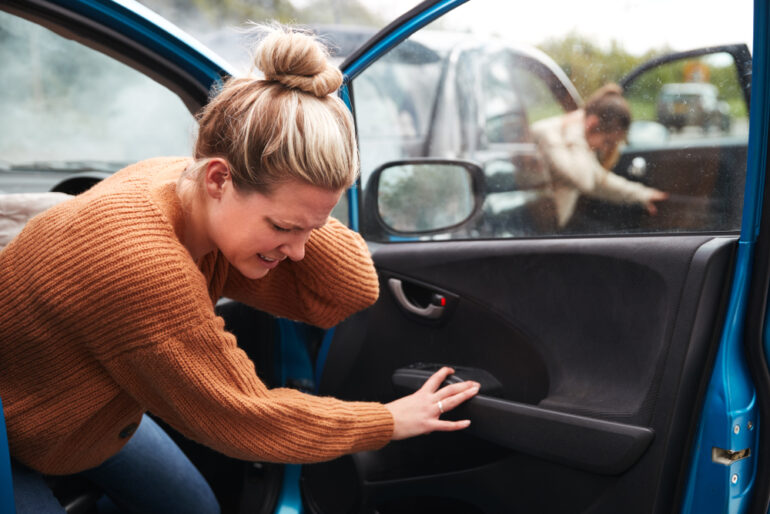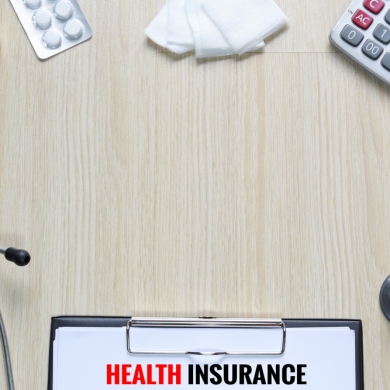Car accidents often happen because a driver does something incorrectly or isn’t paying attention. In these types of situations, that careless or inattentive driver is likely the liable party. However, this isn’t always the case. Liability could fall on someone else, which can make a case more difficult to tackle. Those who have been in a car accident and are unsure about the liability will want to speak with a lawyer about the case to get more information.
What is Liability and Why is it Important?
Liability rests with the person or company that caused the accident. This is often the driver, but not always. The liable party could be the vehicle’s manufacturer, the person who worked on the vehicle, or another party. In any personal injury case, understanding who is liable is imperative because the liable party is the one that owes the victim of the accident compensation.
If the driver is not liable for the accident, but the victim sues the driver for compensation, the victim will not gain the funds they need. Since the driver is not liable, they do not owe the victim compensation. The victim must determine who is liable to be able to seek compensation, as the liable party is the one that owes compensation to any victims in a case. This does need to be done quickly to prevent running out of time due to the statute of limitations.
How the Accident Occurred
How the accident occurs can play a role in determining liability. In cases where the driver isn’t paying attention to the road and hits another vehicle, that driver is the liable party because the accident occurred due to their lack of attention. Determining how the accident occurred can sometimes be difficult. This is where videos from other drivers or security cameras, witness statements, and other types of evidence can help. Using the evidence, it’s possible to determine which vehicle was hit, what vehicle hit them, and what happened after the accident before the vehicles stopped moving.
What Caused the Accident
The cause of the accident may not be readily apparent when looking at how the accident occurred. It is possible that the cause is not driver error, in which case the driver may not be the liable party. Consider a situation where a tire blew, causing the vehicle to swerve and hit another vehicle. If this happens because the tire is too low on tread, the vehicle owner could be liable. If it happens because of a manufacturer’s defect in the tire, the tire manufacturer may be the liable party. Often, further evidence is needed to determine exactly what caused the accident if it’s not readily apparent from how the accident occurred.
Determining fault in an accident is not always as easy as it seems, especially in cases where the accident occurred due to a defect or other issue the driver couldn’t control. Sometimes, after reviewing all of the evidence, it becomes clear that the driver was not liable and the fault of the accident actually lies with a different party. Since this can be difficult to determine, it is a good idea for the victim of any car accident to seek legal assistance as soon as possible. The lawyer will be able to help determine fault and will know who to sue for compensation.







